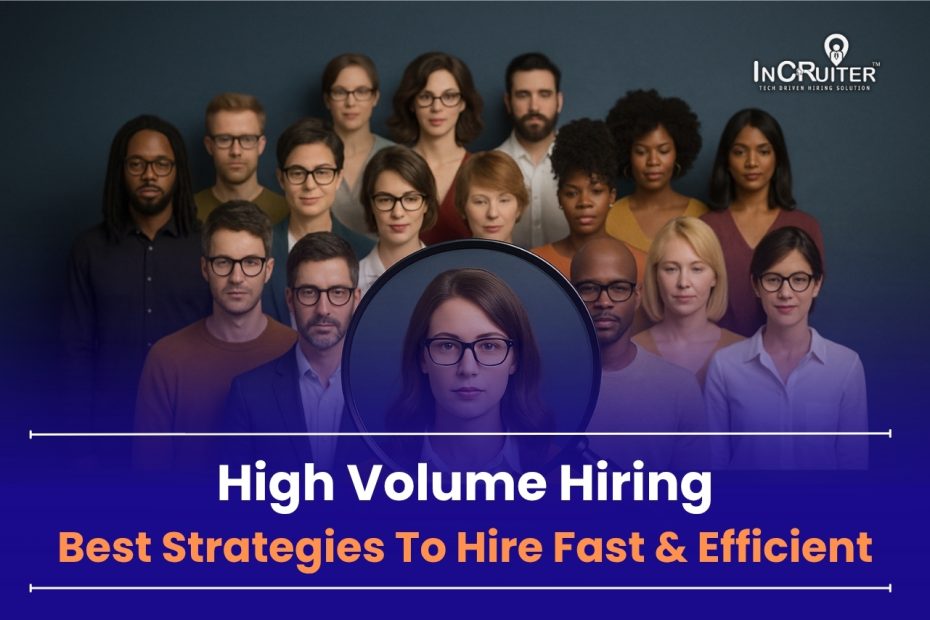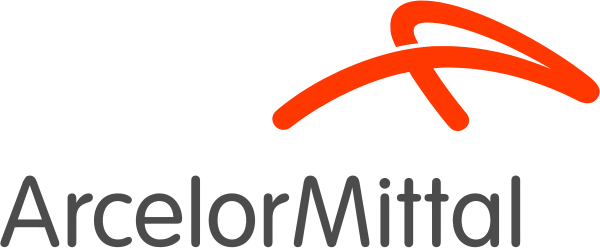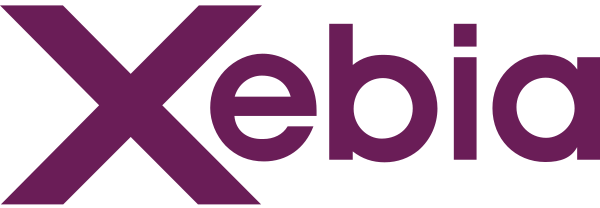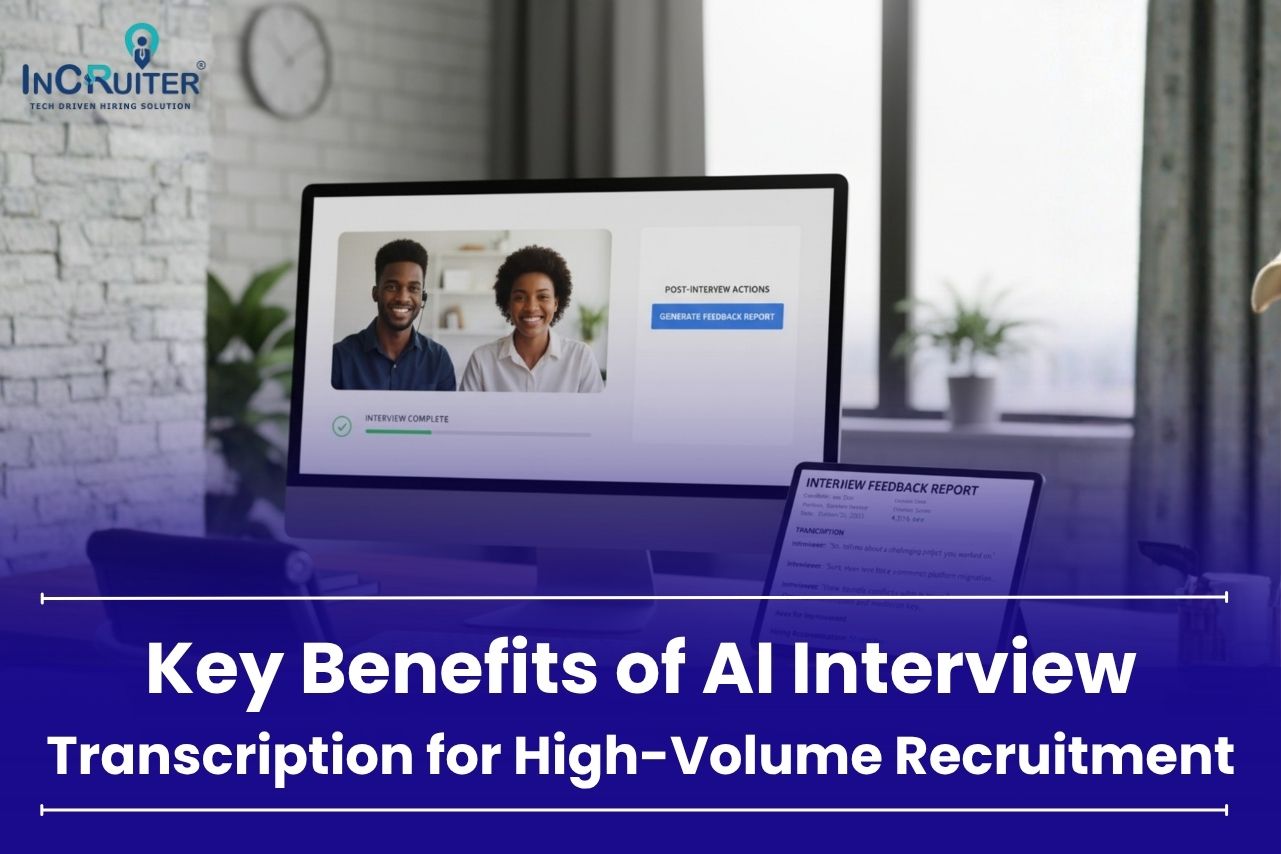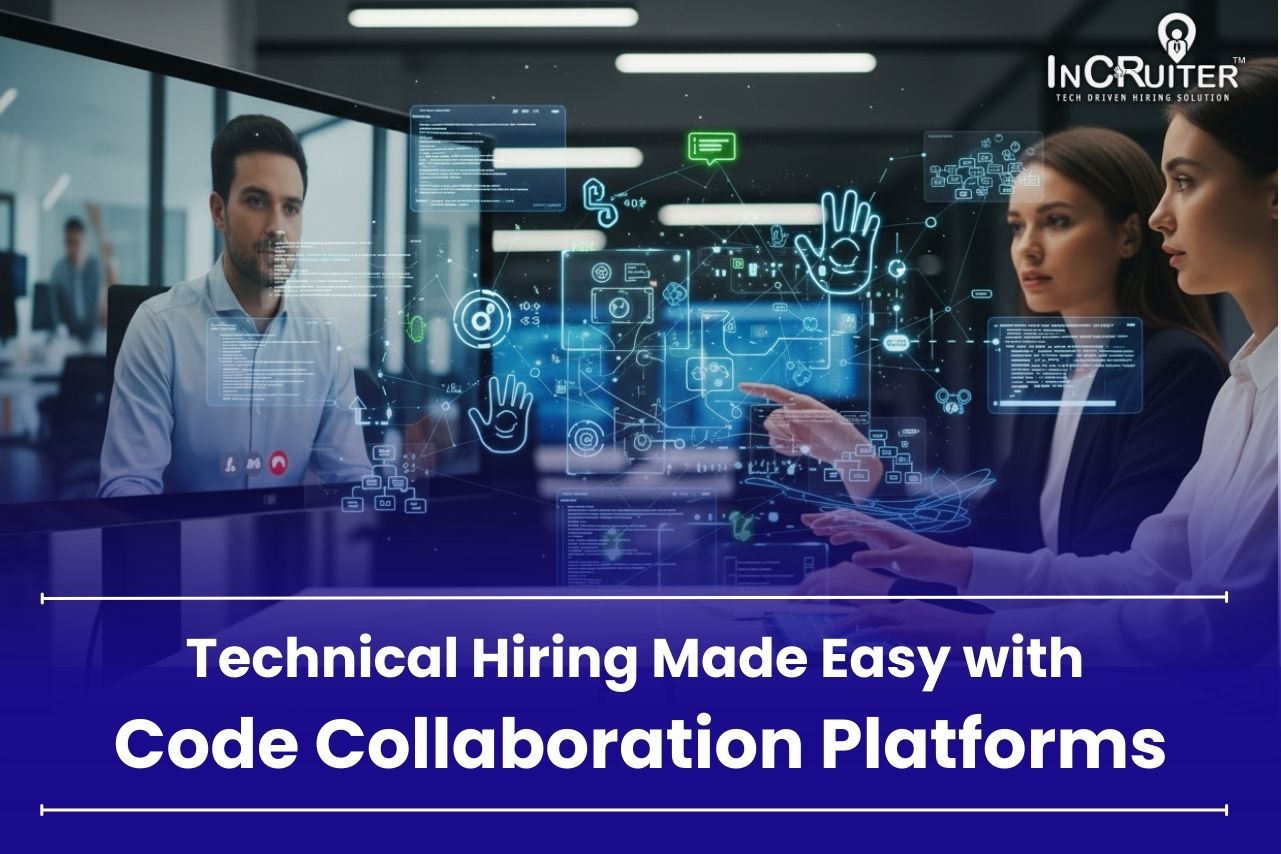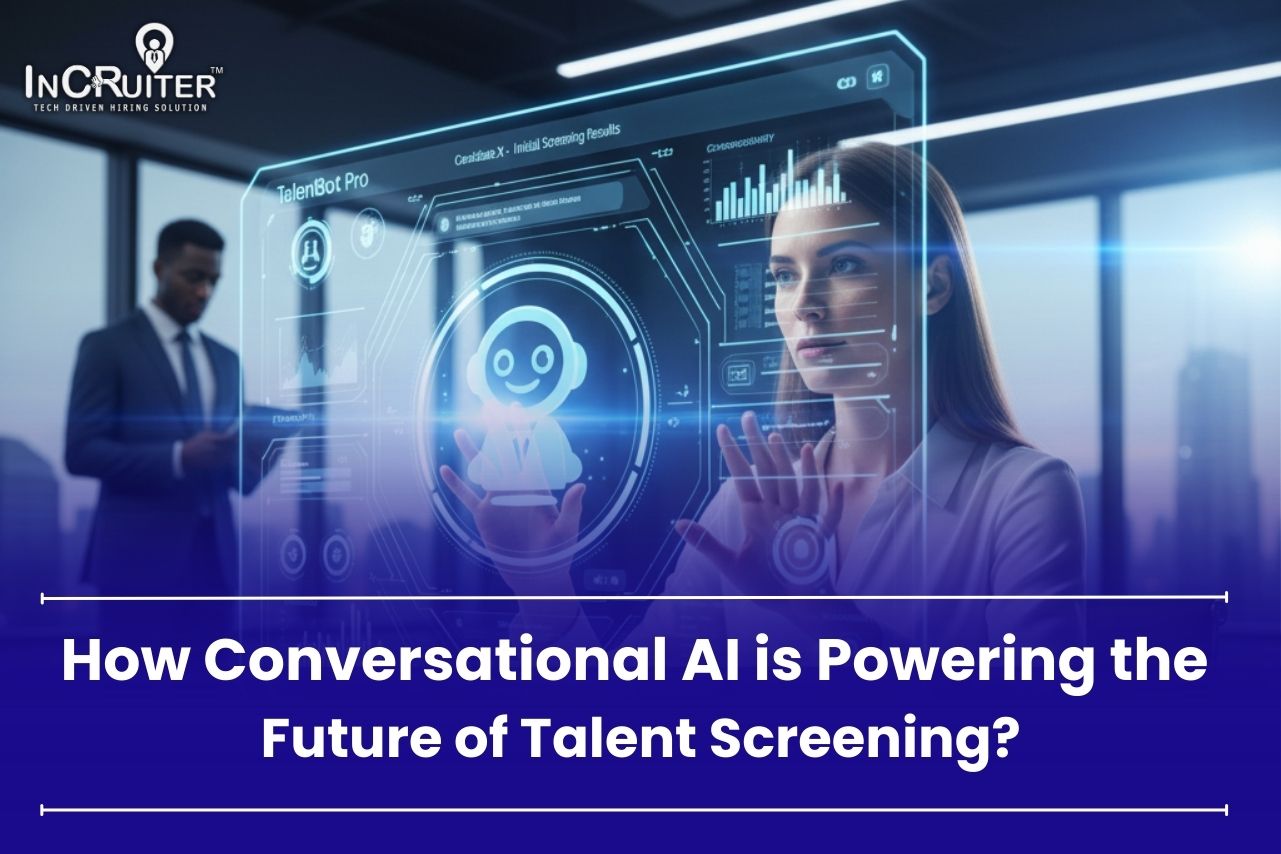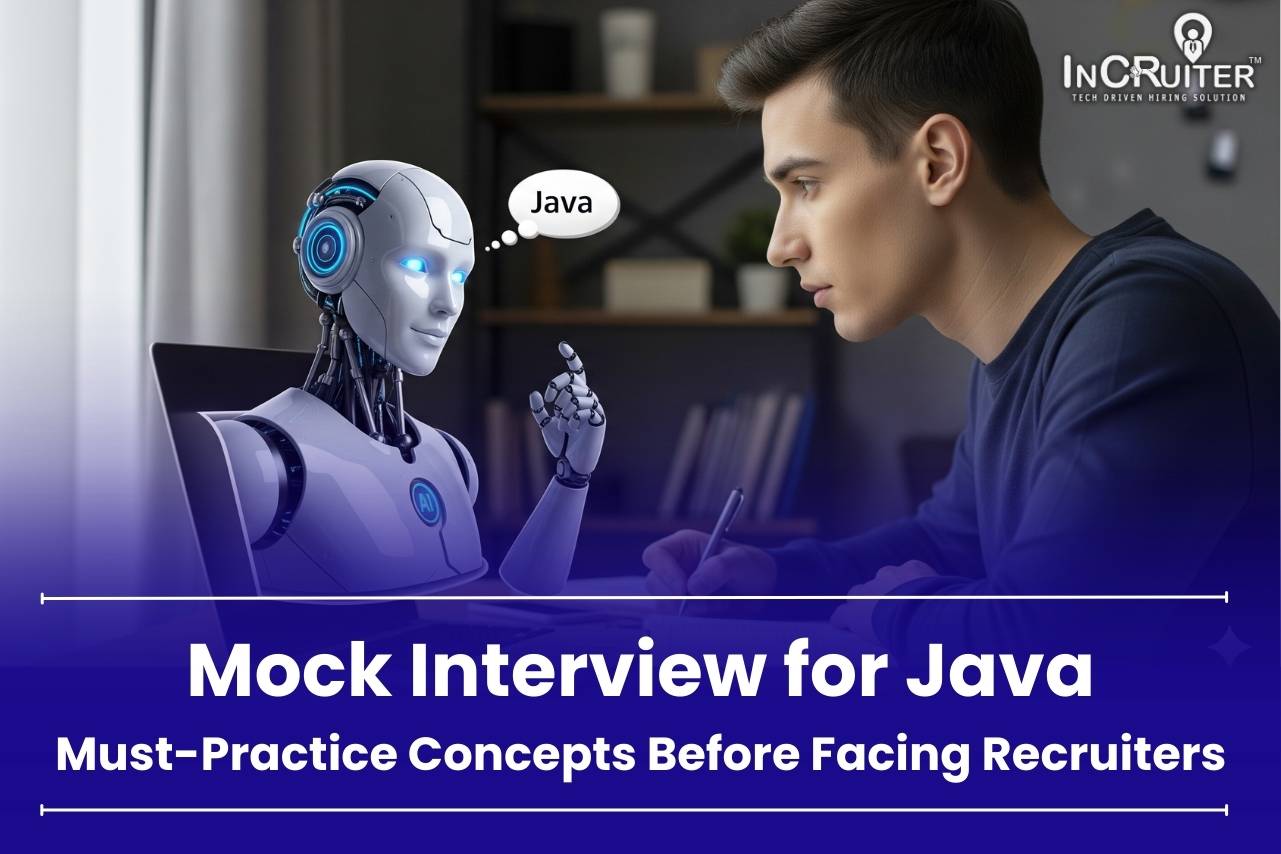Hiring ten people is easy. Hiring hundreds in a few weeks is a real challenge. Recruiters face overflowing resumes, delayed interviews, poor show rates, and the pressure to fill roles fast without losing quality. Time runs out, costs go up, and good candidates slip away. In such situations, traditional hiring methods fail to keep up. That is where an AI Interview Platform, combined with smart high-volume hiring strategies, makes all the difference.
This blog will guide you through the best ways to speed up high-volume hiring without losing control or compromising on talent quality.
What is High Volume Hiring?
High volume hiring is when a company needs to recruit a large number of candidates in a short period. This often happens when businesses grow fast, open new branches, or need extra help during busy seasons. Instead of hiring one or two people, they hire many at once. It needs special planning, fast processes, and smart interview tools to manage everything smoothly. This is also known as bulk hiring or mass recruitment.
Top Challenges Companies Face During High-Volume Hiring
Managing Application Overload
When companies open 100’s of job roles, they often receive thousands of applications within days. This overload slows everything, from the shortlisting process to interview scheduling. During seasonal recruitment drives, even global brands like Amazon India see a fivefold spike in applications. Without the right recruitment management tools, recruiters spend more time sorting than selecting, affecting both speed and candidate experience.
Time Constraints
Hiring at scale often comes with deadlines that leave no room for delays. During expansion or festive periods, companies like Swiggy and Blinkit must fill roles in less than two weeks. Recruiters end up rushing through recruitment steps, skipping proper pre-screening. This leads to mistakes, confusion, and delays in onboarding across functions that depend on quick hiring.
Maintaining Quality of Hires
Speed should never replace judgment, but in high-pressure hiring, it often does. Startups scaling quickly sometimes bring in candidates who are not job-ready. In some cases, hires exit within weeks due to a poor fit. This not only affects productivity but also increases the cost of training, rehiring, and team disruptions over time.
Talent Sourcing Issues
Even with a high number of applications, not all applicants are suitable. Infosys receives millions of applications annually, but only a small percentage make it past the first round. The gap between job requirements and available talent becomes clearer in technical or customer-facing roles. Recruiters struggle to balance volume with quality when sourcing is weak.
Candidate Experience
When applicants feel ignored, they stop engaging. Many fresh graduates report applying to roles through large job portals like LinkedIn and Naukri, but never hearing back. Candidates applying to Indigo Airlines shared similar concerns during open hiring drives. Without timely updates or smooth communication, top talent often walks away, frequently posting negative reviews that can damage a company’s reputation.
Administrative Overload
Manual hiring operations don’t scale well. Recruiters working on spreadsheets or shared inboxes lose track of candidates fast. In large volume campus recruitment drives, companies like Capgemini often interview 500 students a day. Without automated recruitment workflows, panel coordination, applicant performance tracking, and result sharing become a mess, slowing down decisions and frustrating applicants.
Technology Gaps
Many traditional companies still run hiring on basic interview tools. A leading public sector bank conducted a large volume clerical recruitment drive using offline applications. This made it hard to review profiles or coordinate interviews at scale. Without digital recruitment platforms or AI interview automation, the entire hiring process becomes disjointed, and recruiters lose control over efficiency.
Bias and Inconsistency
When many recruiters work without a standard structure, decisions become unpredictable. One panel may look for experience, another for communication. In retail hiring across chains like Reliance Trends, such variation leads to uneven team quality. Without a structured interview process or evaluation rubrics, hiring loses fairness and weakens diversity goals over time.
Operational Costs
The more manual the hiring process, the more expensive it becomes. A logistics firm hiring across India for warehouse roles noticed a 30% rise in recruitment costs during its scale-up. Extra staff, repeated interviews, and travel expenses drained budgets. This highlights why companies need smarter interview systems when hiring on a large scale.
Lack of Data-Driven Decision Making
Recruiters often cannot tell where candidates drop off or which sources work best. A technology firm ran a bulk campaign and later found that most dropouts happened after interviews. But without data, they couldn’t fix the problem early. When applicant tracking systems don’t show recruitment insights in real time, teams repeat the same mistakes across drives.
Key Metrics to Track While Hiring a Large Number of Candidates
Time to Fill
This tracks the number of days between posting a job and the moment a candidate accepts the job offer. It reflects how quickly your team can move through each step of the hiring process. A shorter time to fill many positions with high-volume hiring tools indicates stronger coordination, better interview tools, and smoother workflows across the sourcing, pre-screening, and job offer stages.
Cost per Hire
This shows the average money spent to fill one job position. It includes ad expenses, recruiter time, talent assessment tools, interview logistics, and onboarding costs. Tracking cost per hire helps recruiters understand how much they invest in filling job roles. In bulk hiring, this metric guides better budgeting and helps identify where savings can be made.
Sourcing Channel Efficiency
This metric tells you which job boards, LinkedIn, Naukri, employee referral programs, website career pages, or agencies bring in the most suitable candidates. It helps you spot the most valuable sources and invest your time and money where results are strongest. In large-scale hiring, using the right channel can mean faster results and better hire quality.
Interview to Hire Ratio
This calculates how many candidates you interview before making one hire. A high ratio means either too many low-quality interviews or poor pre-screening. A low ratio means you are accurately identifying strong candidates early. For high-volume recruiting, this metric ensures that your evaluation steps are working well and saving time.
Offer Acceptance Rate
This tracks the percentage of candidates who accept your job offers. If too many people reject your job offers, it could mean your salary, timing, or role clarity needs improvement. In a high-volume hiring recruiter, improving this rate helps reduce back-and-forth, cuts delays, and increases the speed of joining.
Quality of Hire
This measures how well new hires perform once they join. It can be based on feedback from hiring managers, retention numbers, or productivity scores. In volume recruitment, this metric shows whether the hiring process is producing reliable and skilled talent. It is key to building long-term value through the hiring cycle.
Number of Qualified Candidates
This tells you how many applicants meet your basic criteria after initial screening. It shows how effective your job ads and sourcing efforts are. A low number signals poor outreach or unclear job descriptions. In bulk hiring, having a strong pool of qualified candidates reduces overall effort and improves speed.
Fill Rate
Fill rate shows how many of the open job roles are actually filled. It compares the number of job positions posted to those successfully closed. A low fill rate means either weak sourcing, dropouts, or internal delays. For high volume recruitment, this metric highlights the gap between hiring targets and actual results.
Application Completion Rate
This metric tracks how many candidates start and complete the job application. A low rate could mean your recruitment process is too long or unclear. Improving this rate helps bring more profiles into your pipeline. For high volume hiring for expansions, it ensures that good candidates are not dropping off due to avoidable barriers.
Recruitment Return on Investment
This shows the value generated from your hiring efforts compared to the total spend. It includes time to fill, retention, quality of hire, and hiring costs. A high return on investment means your recruitment strategy is both effective and efficient. In bulk recruitment, this metric brings clarity to overall hiring success.
Candidate Satisfaction Score
This measures how candidates feel about their hiring journey. It comes from feedback surveys or experience scores. A high satisfaction score means your process is respectful, transparent, and engaging. In mass hiring, a strong candidate experience helps build employer reputation and ensures people return or refer others in the future.
High-Volume Recruiting Strategies: A Complete Guide
Strategic Planning
Before launching any high-volume recruiting campaign, recruiters must define clear goals. This includes how many roles to fill, what the ideal candidate looks like, and how long the entire process should take. Planning helps avoid chaos during the actual hiring phase. Teams at large firms, such as Accenture, align hiring timelines early to avoid last-minute delays.
Leverage Technology and Automation
To manage a large number of applications, modern interview management systems are essential. Companies now rely on centralized applicant tracking systems for resume parsing, sending appointment emails, scheduling interviews, and even responding to candidate queries using AI-powered interview chatbots. Flipkart, for example, utilizes AI for interviews during the festive season hiring to reduce the in-house interviewer workload and expedite the recruitment process.
Programmatic Job Advertising
Instead of posting jobs manually, AI Interview tools share job post ads directly to LinkedIn, X, Facebook, or as a personal WhatsApp message. This ensures better reach and higher-quality applicants. It saves time and lowers Google ad expenditure. During their expansion, Urban Company used targeted ads to fill roles faster in new cities with better applicant matches.
Diversify Sourcing Channels
No single channel delivers every great candidate. Effective high-volume recruitment taps into job boards, social media, employee referrals, and targeted communities. Referral programs often bring faster and more trusted hires. Brands like TCS have internal walk-in drives where employees refer candidates, leading to quicker closures and better cultural alignment.
Streamline Screening and Assessment
Manual shortlisting does not scale. Automated AI Interview Platform helps here. Resume parsing, skill-based technical or non-technical assessment, and structured video interviews enable recruiters to quickly filter high-quality candidates. Infosys uses coding assessment platforms and eligibility tests to shortlist thousands of fresh graduates within a few days. Structured methods also keep the process fair and reduce human bias.
Prioritize Candidate Experience
A poor hiring experience can lead to high dropout rates. Automate AI-powered phone screening, Conversational AI for pre-screening, and quick replies make the journey smoother. Even during mass recruitment, sending recruitment flow updates shows respect. Companies like HCL maintain high candidate satisfaction by leveraging an interview scheduling software, ensuring precise, timely, and human communication, even when hiring in bulk.
Data Driven Decision Making
You cannot improve what you do not measure. In high-volume recruiting, tracking metrics like time to fill, cost per hire, and source effectiveness helps recruiters identify bottlenecks. Many fast-growing startups utilize analytical dashboard data from Applicant Tracking System (ATS) to refine their strategy and demonstrate hiring value to leadership.
Efficient Selection Process
When multiple departments are involved in high-volume recruitment, delays often happen from the shortlisting process to the offer stage. Collaborative recruitment management tools ensure faster approvals. Once a candidate is chosen from an automated interview platform, digital offer letters speed up the process. Startups like CRED use such a platform to make quick, compliant offers during bulk tech hiring campaigns.
Automate Onboarding
Bringing in dozens or hundreds of people cannot be done manually. Digital onboarding platforms guide new hires with paperwork, role introductions, and learning paths. Some firms also host cohort-based virtual sessions to connect new employees with one another. Paytm, for instance, uses early engagement to keep new hires connected before their first day.
Champion Diversity and Inclusion
When hiring in large numbers, diversity often gets overlooked. Using blind screening, inclusive language in job ads, and tracking gender or region-based patterns helps build balance. Companies like Unilever have made bias-free recruitment a priority by using AI interviewers that avoid filters based on name, accent, or location.
Why Corporate Rely on AI Interview Software for High-Volume Hiring?
In high-volume recruiting, where companies aim to fill a large number of roles in a short time, relying only on human efforts can slow down the process and increase costs. This is why many corporations now depend on AI interview recruiting software to handle their high-volume recruitment needs.
These tools bring speed, structure, and scale to what would otherwise be a complicated and time-consuming hiring process. Here is how they make a real difference:
1. Speeds Up the Entire Hiring Cycle
AI interview tools automate the early pre-screening stages of interviews by screening candidates using asynchronous one-way video-based assessments. This helps companies reduce their time to fill, especially during rapid expansion or seasonal demands. High volume recruiting tool, faster pre-screening allows recruiters to shortlist hundreds of candidates within a few hours.
2. Easily Handles a Large Number of Applicants
Traditional interviews cannot keep up when thousands of applications come in at once. AI interview platforms can process interviews in parallel without needing extra staff. For bulk hiring, this means recruiters can manage a high-volume recruiting process, initial interviews efficiently, while focusing on more complex evaluation or final selections.
3. Ensures Consistent Candidate Screening
One of the biggest challenges in high-volume recruiting is maintaining fairness. Conversational AI interviewers ask the same set of questions to every candidate and assess them on a trained algorithm. This eliminates variation between different interview evaluations and ensures that every applicant is judged equally across the volume recruitment solution.
4. Enhances Candidate Experience
Candidates no longer have to wait for a human interviewer. With an AI interviewer, they can complete interviews anytime, anywhere. This flexibility improves the application completion rate and keeps applicants engaged. In high-volume recruiting, such accessibility is key to attracting serious talent and reducing dropouts.
5. Enables Data-Driven Hiring Decisions
AI interview software generates a structured feedback report with performance scores and data. Recruiters can use these insights to compare candidates fairly and track recruitment return on investment. It also helps identify gaps in applicant responses and refine the screening process for better results in future high-volume recruiting rounds.
6. Reduces Human Interviewer Bias
Although not perfect, AI interviewers are better at avoiding unconscious bias that often affects human interviews. By evaluating based on tone, response, and predefined scoring, AI can bring more fairness to high-volume recruitment. However, companies must ensure these tools are regularly checked for accuracy in assessments.
7. Scales Hiring Without Increasing Costs
Hiring thousands of people usually means hiring more recruiters, panelists, and coordinators. AI interview tools reduce this need. Once deployed, they run without much supervision, allowing recruiters to manage large drives without additional cost. This makes them one of the most cost-effective Conversational AI interviewers for high-volume recruiting.
8. Works Seamlessly with Existing HR Systems
Best AI interview platforms like InCruiter IncBot integrate with applicant tracking systems, background verification tools, and onboarding platforms. This connection makes the entire recruitment process more efficient. Recruiters can track candidates from application to joining in one place, improving coordination and reducing time lost in switching between HR systems.
Top 5 AI Interview Software to Simplify the High-Volume Hiring Process
InCruiter AI Interviewer
InCruiter offers a powerful AI Interviewer built with advanced Conversational AI that replicates human-like interactions. It asks job-specific questions, listens to responses, and evaluates candidates in real time. The automated interview system provides instant, structured feedback reports and enables companies to handle high-volume recruiting without requiring additional recruiters.
Unlike basic one-way video platforms, it includes a built-in coding assessment tool to assess candidates’ aptitude, technical, soft, and cognitive skills. It’s AI proctoring surveillance ensures a cheat-proof pre-screening process from start to finish, blocking proxy attempts. It integrates seamlessly with existing ATS, improving both screening quality and the candidate experience.
Interviewer AI
Interviewer AI uses video interview intelligence to assess candidates through pre-recorded interviews. It evaluates communication skills, thinking patterns, and job readiness using AI scoring. In high-volume recruiting, it allows recruiters to screen multiple candidates simultaneously and reduce the time spent on repetitive early-stage interviews.
Veloxhire AI
Veloxhire AI offers an advanced video interview platform that conducts online AI–led interview sessions. It automates candidate scheduling, grading, and unbiased screening while integrating with ATS systems. The tool can accelerate hiring by up to five times and is praised for its bias‑free evaluations and detailed candidate reports ideal for high-volume recruiting.
Sapia AI
Sapia.ai conducts smart chat-based interviews using structured conversation flows powered by natural language processing. It evaluates tone, language, and behavioral traits while generating instant hiring recommendations. Known for its focus on inclusion and bias reduction, Sapia is widely used in high-volume recruiting drives where fairness and consistency are essential.
HireVue
HireVue offers AI video interviewing combined with game-based assessments to evaluate cognitive and behavioral traits. Its platform is used by large companies for high-volume recruiting in sales, support, and graduate programs. With detailed candidate scoring and seamless ATS integration, it helps reduce time to hire and improve decision-making at scale.
Take Away
High volume recruiting is not only about filling roles quickly but also about maintaining quality at scale. Companies need strong planning, innovative recruiting tools, and a smooth candidate experience. With the help of AI interview recruiting software, structured processes, and clear insights, recruiters can fill many positions quickly and accurately. Efficient bulk hiring reduces effort, cuts costs, and improves long-term retention.
Ready to streamline your high-volume recruiting process? Book a free demo with InCruiter AI Interview Platform to experience it firsthand.






